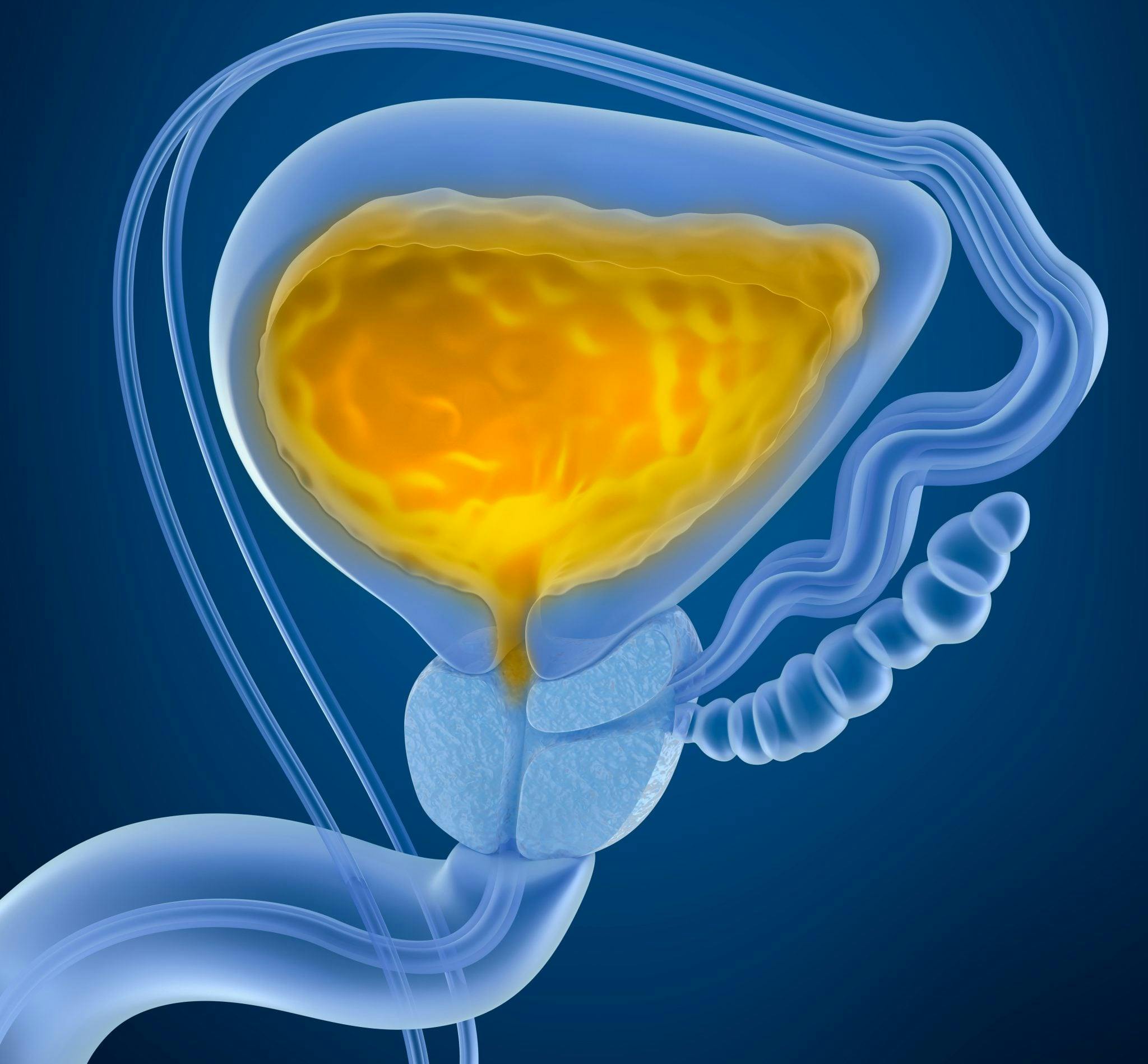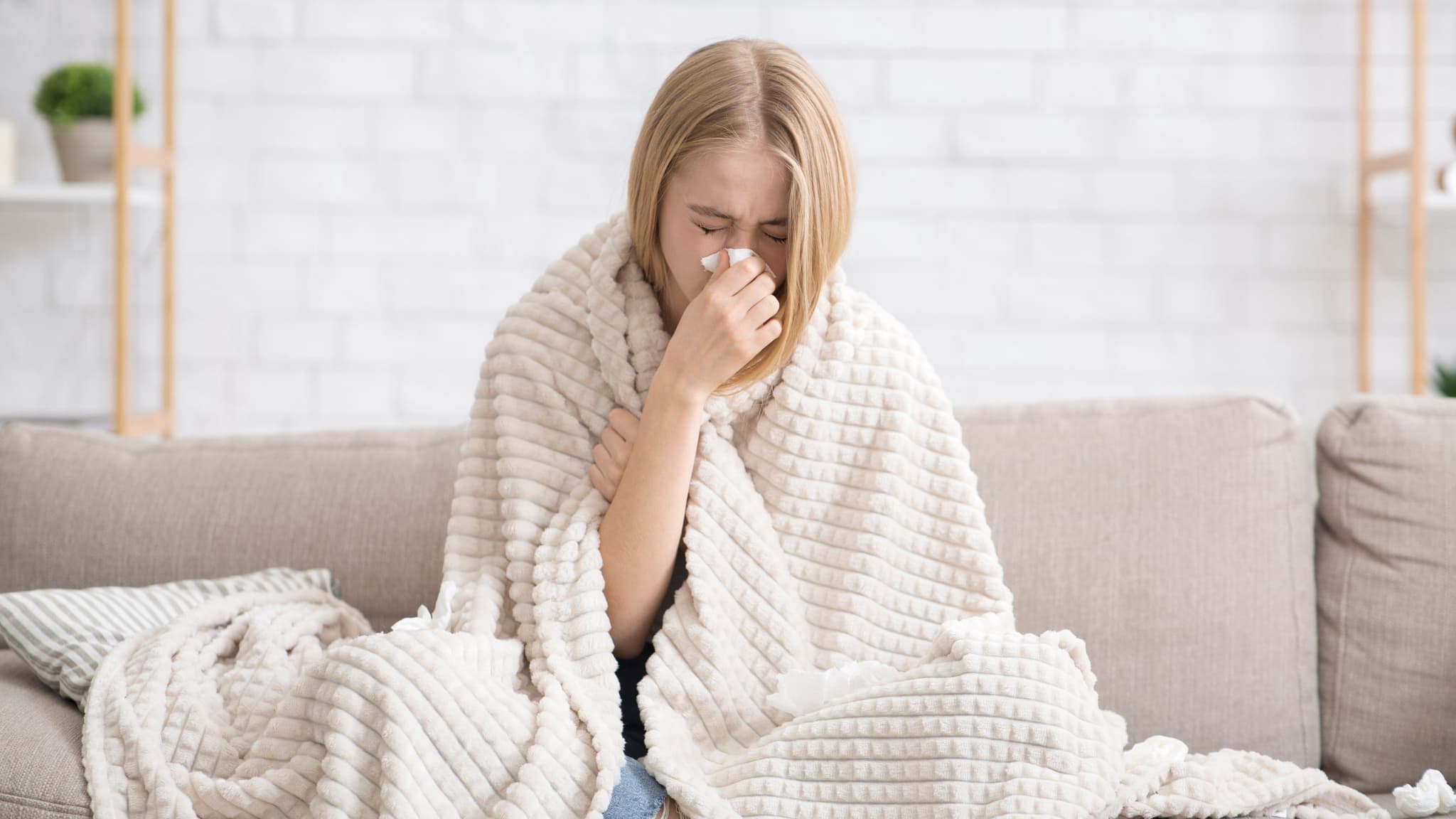
2025-04-24T14:00:43
The DASH Diet: What it is and How it Supports Your Heart
- Cardiology
- Family Medicine
February 21, 2018 | Family Medicine
Specialties:Family Medicine

There are two types of urinary incontinence, though it’s possible for some women (particularly older women) to have both at the same time. These types are:
In general, bladder control problems can be caused by muscular weakness in the urinary tract or by damage to this tract or the nerves that manage urination. Other causes of stress incontinence may include:
Urge incontinence, on the other hand, is due to an overactive bladder. Causes include:
The primary symptom for both forms of urinary incontinence is involuntary urination. Women with stress incontinence, may only leak a small to medium amount of urine after laughing, exercising, sneezing or any other activity that puts pressure on the bladder. Women with urge incontinence, however, may release a larger amount of urine and may feel sudden urges often.
Treating urinary incontinence is different for every patient, and it depends on the kind of incontinence you have and how much it’s bothering you. Treatments may include designated exercises, bladder training, a pessary or medications. Your doctor may also combine these treatments.
For some people, making healthy lifestyle changes can be enough to manage or prevent urinary incontinence. These may include:
Your doctor can offer further prevention and treatment methods if you’re dealing with urinary incontinence.
I practice the full range of family medicine including obstetrics, pediatrics, adolescent medicine, adult medicine and some orthopedics. I also perform colposcopy, cryotherapy and vasectomies. Due to the volume of deliveries we do, my practice has evolved to be more centered on women and children’s medicine, although I enjoy all aspects of family medicine.
“Urinary Incontinence in Women – Topic Overview.” WebMD. https://www.webmd.com/urinary-incontinence-oab/tc/urinary-incontinence-in-women-topic-overview#2
WRITTEN BY:
The Live Better Team


2025-04-24T14:00:43

2025-03-10T14:24:39

2025-01-21T10:28:42

2025-01-09T10:36:36
This information is not intended to replace the advice of a medical professional. You should always consult your doctor before making decisions about your health.